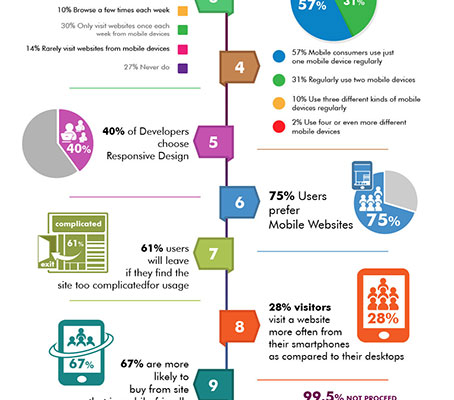Interested In Finding Out Exactly How Site Style Has Evolved Throughout The Years? Discover The Journey From Fundamental, Straightforward Styles To User-Centric Interfaces That Focus On The Site Visitor'S Experience
Interested In Finding Out Exactly How Site Style Has Evolved Throughout The Years? Discover The Journey From Fundamental, Straightforward Styles To User-Centric Interfaces That Focus On The Site Visitor'S Experience
Blog Article
Web Content Author-Jonasson Dodson
In the past, sites were easy and concentrated on info. Navigation was direct, and design was for desktops. Now, individual experience is crucial. Information guides styles for very easy navigating. Responsive formats fit various devices. Today, dark setting reduces strain, and minimalist menus improve navigation. Interactive attributes involve users, and bold visuals stand out. AI assimilation increases engagement. See just how style has developed to enhance your on-line journey.
Very Early Days of Web Design
In the early days of web design, simpleness preponderated. Internet sites were standard, with minimal shades, typefaces, and layouts. The focus was on giving information instead of showy visuals. Customers accessed the web with sluggish dial-up links, so rate and functionality were key.
Navigation menus were straightforward, typically located on top or side of the page. Websites were made for home computer, as mobile surfing wasn't yet prevalent. Web content was king, and developers focused on easy readability over intricate layout aspects.
HTML was the main coding language utilized, and developers needed to work within its restrictions. Computer animations and interactive attributes were marginal compared to today's requirements. https://www.searchenginejournal.com/local-seo-tips-serps-map-pack/397587/ were fixed, with little dynamic material or tailored user experiences.
Surge of User-Focused Layout
With the evolution of internet site design, a change towards user-focused layout concepts has ended up being progressively prominent. Today, creating websites that prioritize individual experience is crucial for engaging site visitors and accomplishing business goals. User-focused layout entails understanding the requirements, preferences, and habits of your target market to customize the internet site's design, content, and includes appropriately.
Developers currently conduct complete study, such as individual studies and usability testing, to gather understandings and responses straight from users. off page search engine optimization -driven approach assists in creating user-friendly navigation, clear calls-to-action, and aesthetically appealing interfaces that resonate with site visitors. By putting the user at the facility of the layout procedure, websites can provide a much more tailored and delightful experience.
Receptive design has actually additionally become an essential element of user-focused style, guaranteeing that web sites are maximized for various gadgets and screen dimensions. This versatility boosts access and use, satisfying the diverse ways users engage with internet sites today. Essentially, seo and social media marketing of user-focused style symbolizes a change towards developing electronic experiences that focus on the demands and assumptions of the end individual.
Modern Trends in Website Design
Explore the latest patterns shaping web design today. One prominent trend is dark setting design, providing a smooth and modern look while lowering eye stress in low-light atmospheres. One more crucial pattern is minimal navigating, streamlining menus and boosting individual experience by concentrating on essential elements. Including micro-interactions, such as animated switches or scrolling results, can produce a more engaging and interactive site. Receptive design stays essential, making certain seamless individual experiences across various devices. Furthermore, making use of strong typography and unbalanced designs can include visual interest and accentuate details content.
Incorporating AI innovation, like chatbots for consumer support or personalized suggestions, boosts customer interaction and streamlines processes. Availability has also end up being a considerable fad, with designers prioritizing comprehensive layout methods to satisfy diverse customer requirements. Welcoming sustainability by enhancing site performance for speed and efficiency is another emerging pattern in web design. Working together with individual responses and information analytics to iterate and improve style continually is important for staying relevant in the ever-evolving digital landscape. By welcoming these contemporary patterns, you can create an aesthetically appealing, user-friendly site that resonates with your audience.
Conclusion
As you assess the evolution of internet site style from the very early days to currently, you can see how user-focused design has actually ended up being the driving pressure behind contemporary fads.
Embrace the trip of change and adaptation in website design, always maintaining the individual experience at the forefront.
Keep existing with the latest fads and technologies, and never quit evolving your technique to create visually sensational and user-friendly sites.
Develop, adapt, and produce - the future of web design is in your hands.
